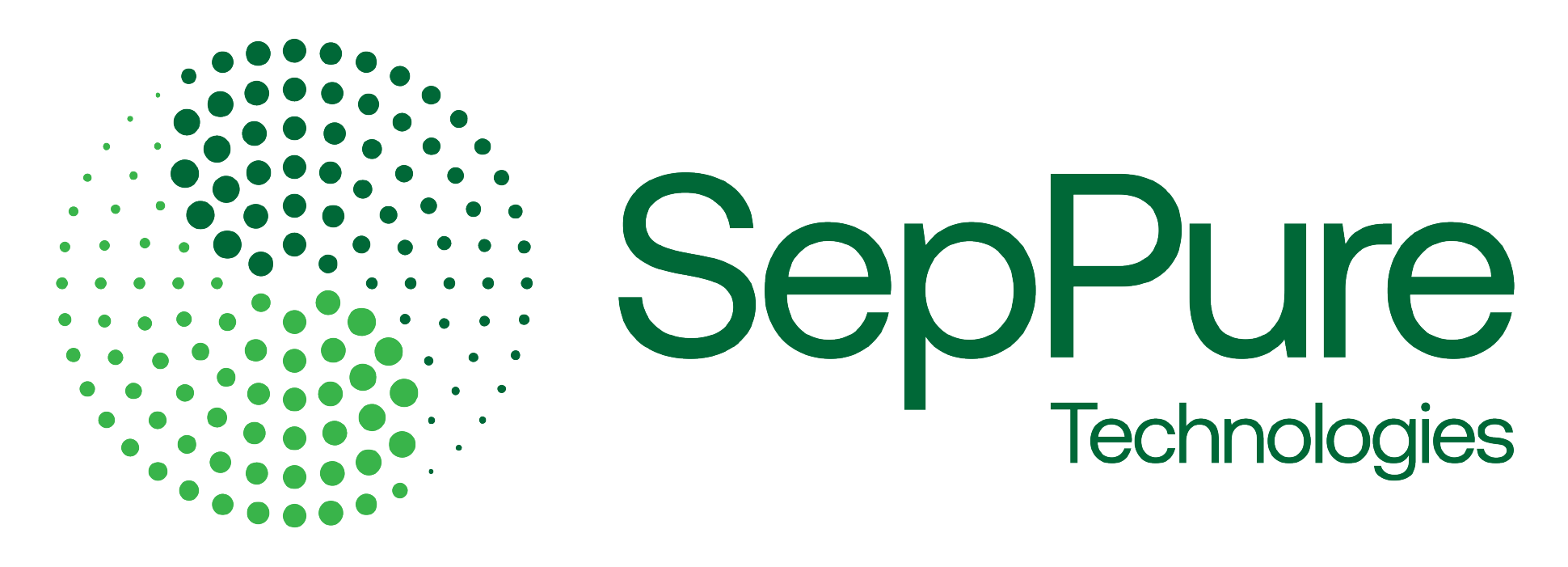Transforming Pharmaceutical Manufacturing
Solvents are essential for a vast range of industrial applications, and almost every manufacturing process depends on them to some extent. In the pharmaceutical industry, solvents also play a crucial role, especially in the purification and refinement of active pharmaceutical ingredients (APIs). The industry’s extensive use of solvents is largely driven by the precision and purity levels required in drug production, making solvents indispensable for various process, including:
Solvent-Solute Separation: where solute is isolated from the solvent during crystallization or extraction. The conventional method in this process is distillation.
Solute and Solvent Purification: where impurities are removed from the solute through common techniques including recrystallization and chromatography.
Solvent Exchange: where a solvent is replaced with another, typically for reasons of improved process efficiency, solubility, or safety. Conventionally, this is done by removing the original solvent through distillation or evaporation and adding a new solvent in which the API intermediate can dissolve or crystallize better.
However, these processes and the reliance on substantial solvent use come at a significant environmental cost. Most solvents in this industry are typically used once and then disposed, often through incineration. This creates an endless cycle of consumption and disposal, contributing 4.4% of the global greenhouse gas emissions - 55% more than the emissions generated by the automotive sector!
Here’s How We Change That
Unlike conventional methods where solvents are used once and then disposed through incineration, our approach prioritizes solvent recovery. In this process, solvents used in industrial applications undergo waste treatment, allowing for the recovery of up to 90% of the waste solvents. The recovered solvents can, then, be either reused within the same industrial process or for other applications. This not only reduces waste and operational costs, but also minimizes the environmental impact by promoting a circular economy, significantly reducing cutting down on the need for fresh solvent production and disposal.
Our OSN Membranes Are Designed For:
Solvent Exchange
Solvent Recovery
Our OSN membranes can retain a wide variety of intermediate or product molecules and allow solvents to pass through the membrane at room temperature, enabling efficient solvent exchange.
Powered by GreenMem®, our RE(SOLV)® solvent recovery system allows for the recovery of 90% of solvents used in industrial applications without the use of heat, allowing for recovery of valuable resources.
Precise API Processing
Catalyst Recovery
Active Pharmaceutical Ingredients (APIs) and their intermediates are typically complex, temperature-sensitive molecules. Our OSN membrane technology enables API concentration and purification at lower temperatures, reducing the risk of product degradation.
Homogenous catalysts used in pharmaceutical reactions are often expensive and difficult to recover. Our OSN membrane technology allows for the selective separation of catalysts from reaction mixtures, enabling their reuse in subsequent reactions.
And Much More!
Enhance Precision with SepPure Technologies
Experience precision and efficiency in pharmaceutical separation and purification with GreenMem®. Our advanced nanofiltration technology provides exceptional separation capabilities, targeting the removal of even the smallest contaminants while preserving essential compounds.
With a focus on sustainability without compromising performance, discover how our filtration solutions elevate the pharmaceutical industry today!
Frequently Asked Questions (FAQs) About Filtration in Pharmaceutical Industry
-
Some of the common filtration systems and equipment in the pharmaceutical industry are the following:
Surface Filtration
This method captures particles on the surface of a filter medium, with a precise particle retention cutoff that blocks particles larger than the pore size. While effective for retaining larger particles, contaminants can accumulate on the surface, leading to reduced flow rates and necessitating regular maintenance and cleaning to ensure optimal performance.
Depth Filtration
Depth filtration equipment has a more complex structure with interconnected pores, allowing for the capture of particles of varying sizes, throughout the filter depth. Depth filters are often used as pre-filtration steps to extend the life of downstream filters by removing larger contaminants.
Membrane Filtration
Membrane systems employ a thin, porous barrier and applied pressure to separate particles based on size, charge, and other chemical and molecular properties. This filtration system offers precise control over particle removal without the use of heath, making it highly effective and a sustainable solution in the pharmaceutical industry.
-
Advanced filtration technologies like GreenMem® streamline chemical separation processes, allowing for high-quality final products. Their precision also ensures that APIs meet the stringent industry standards. They also require less energy, leading to reduced resource consumption and operational costs.
-
Some essential considerations include molecular weight cut-off, chemical compatibility, membrane material, throughput required, and the polarity of solvents.
-
To explore how GreenMem® and RE(SOLV)® can benefit your operations, please reach out to us. We will assess your needs and provide a solution that align with your operations.



